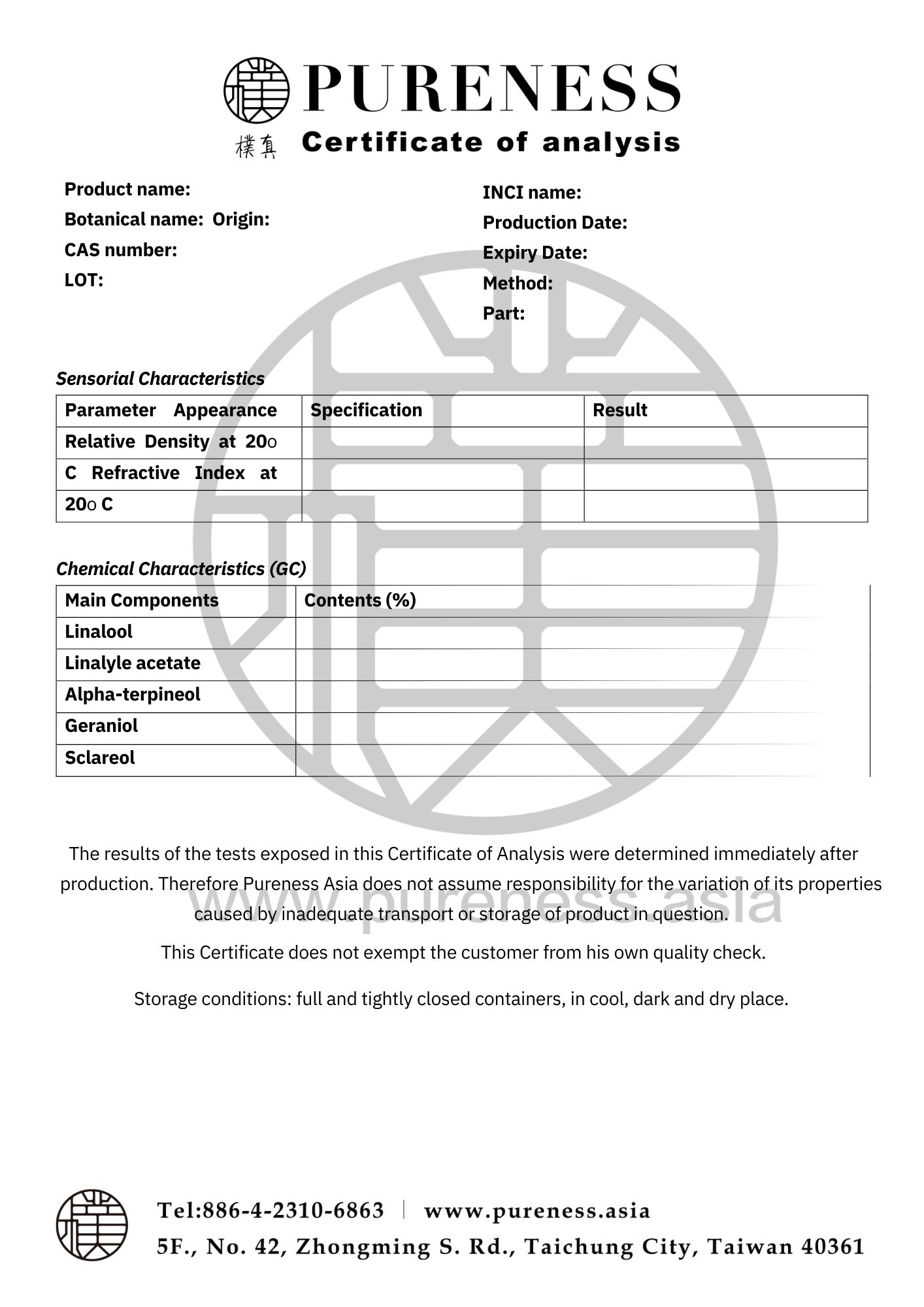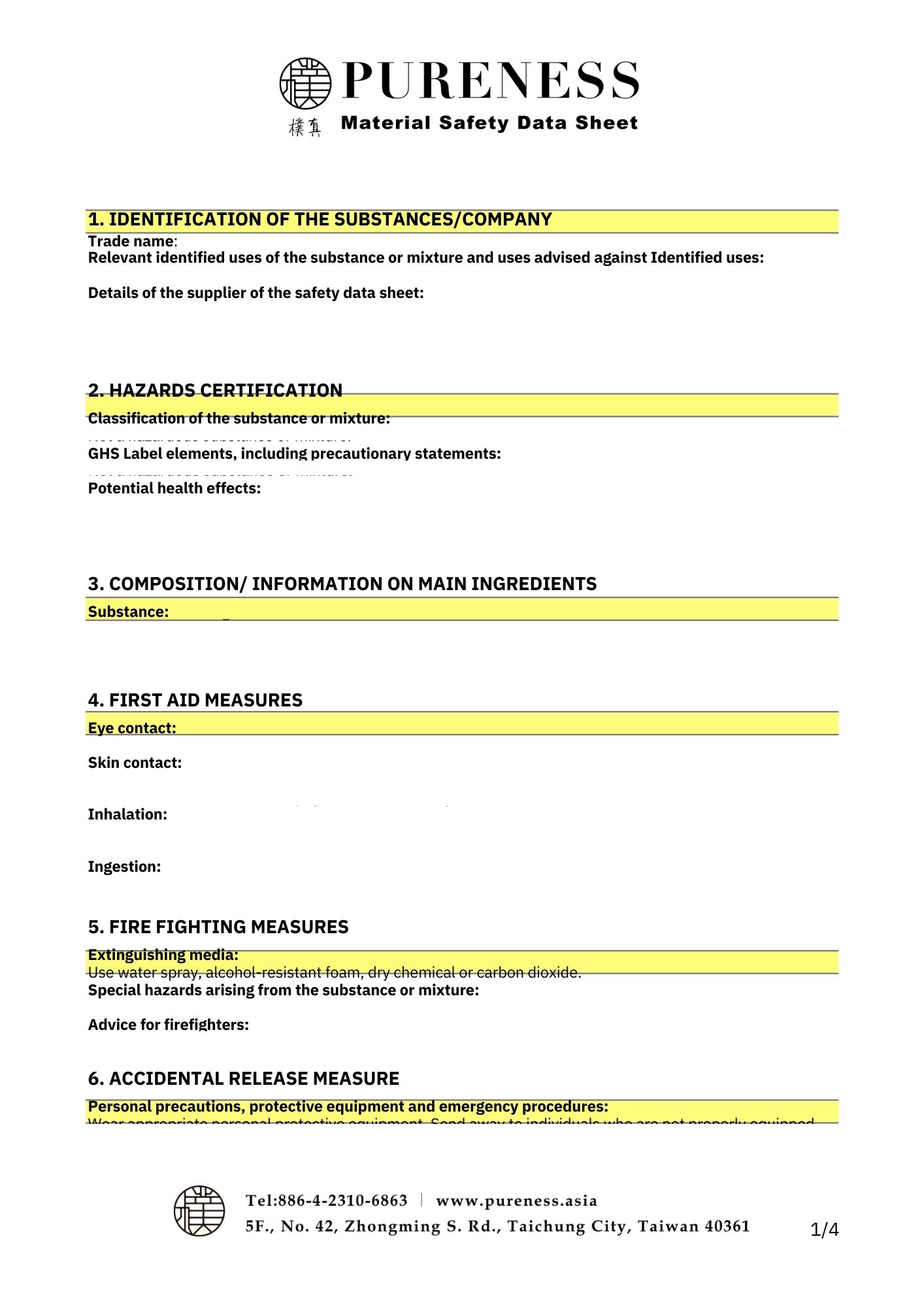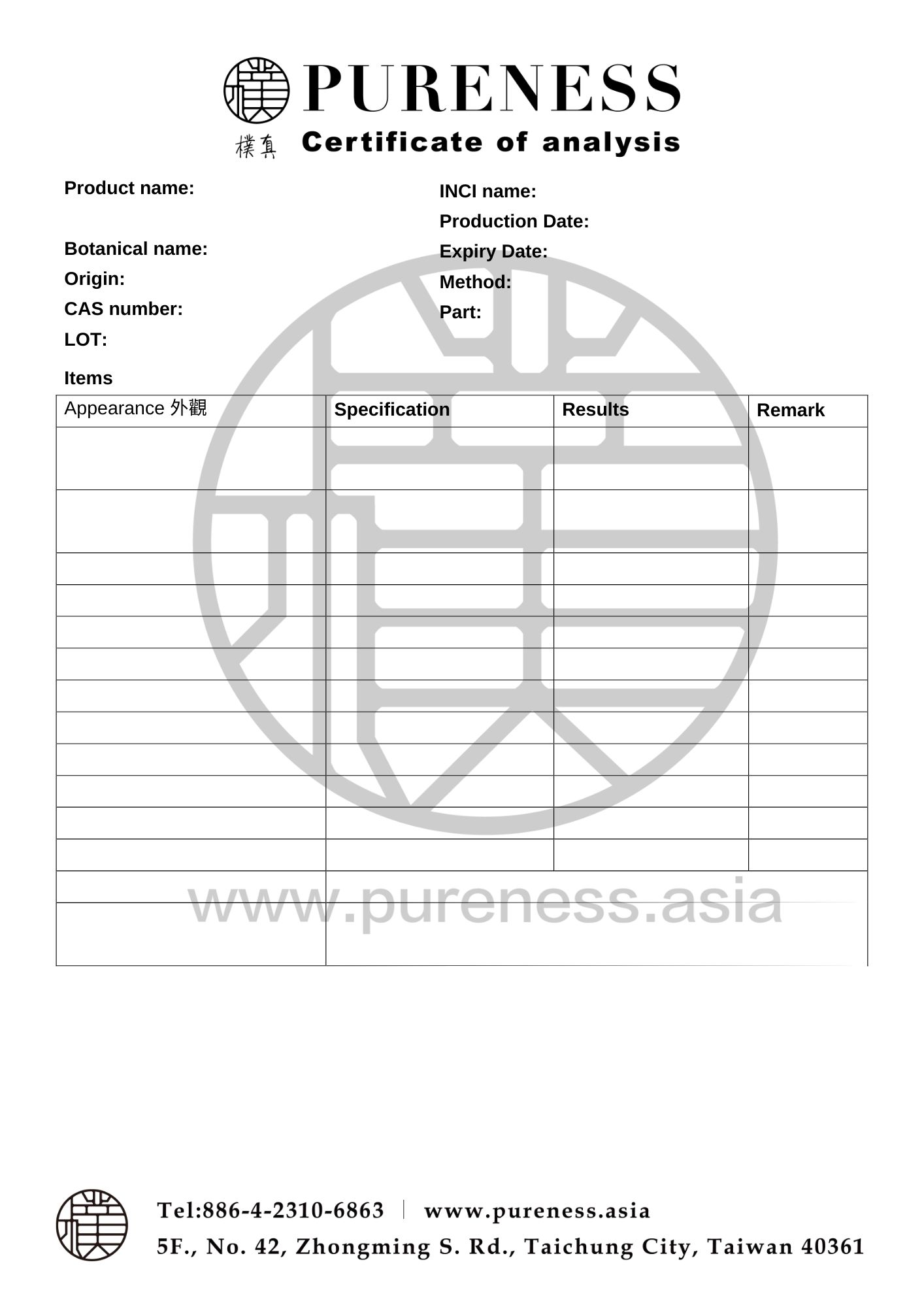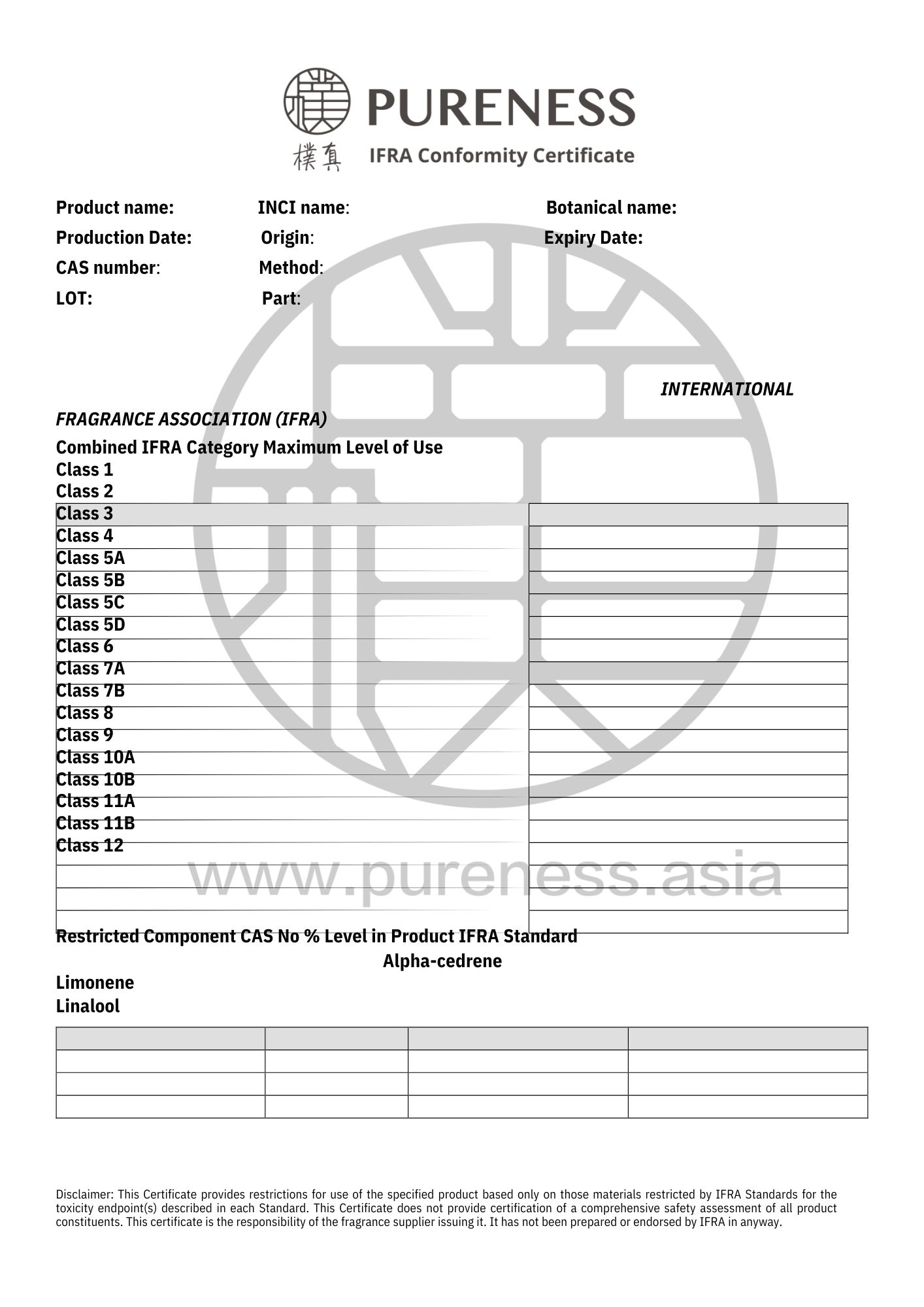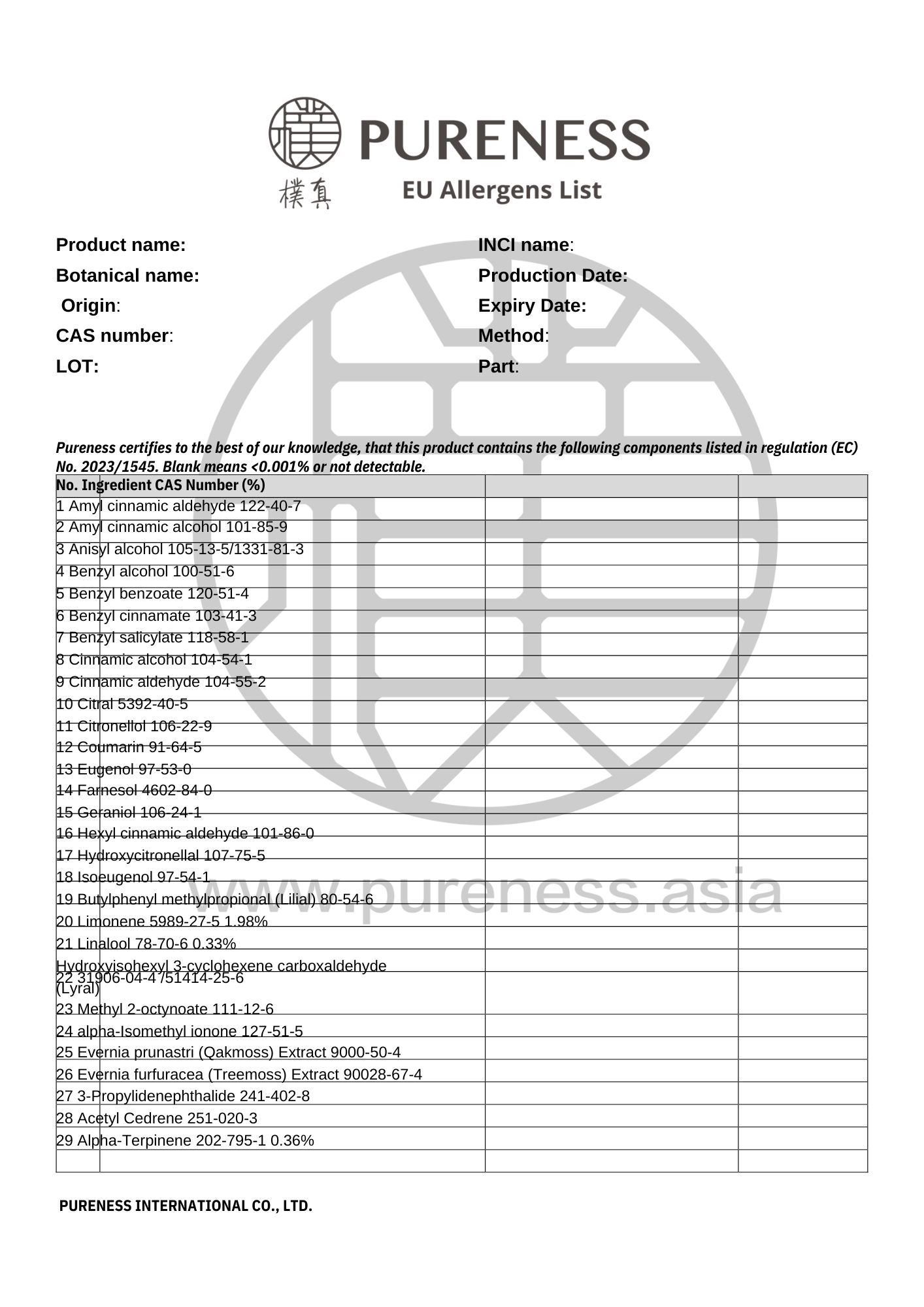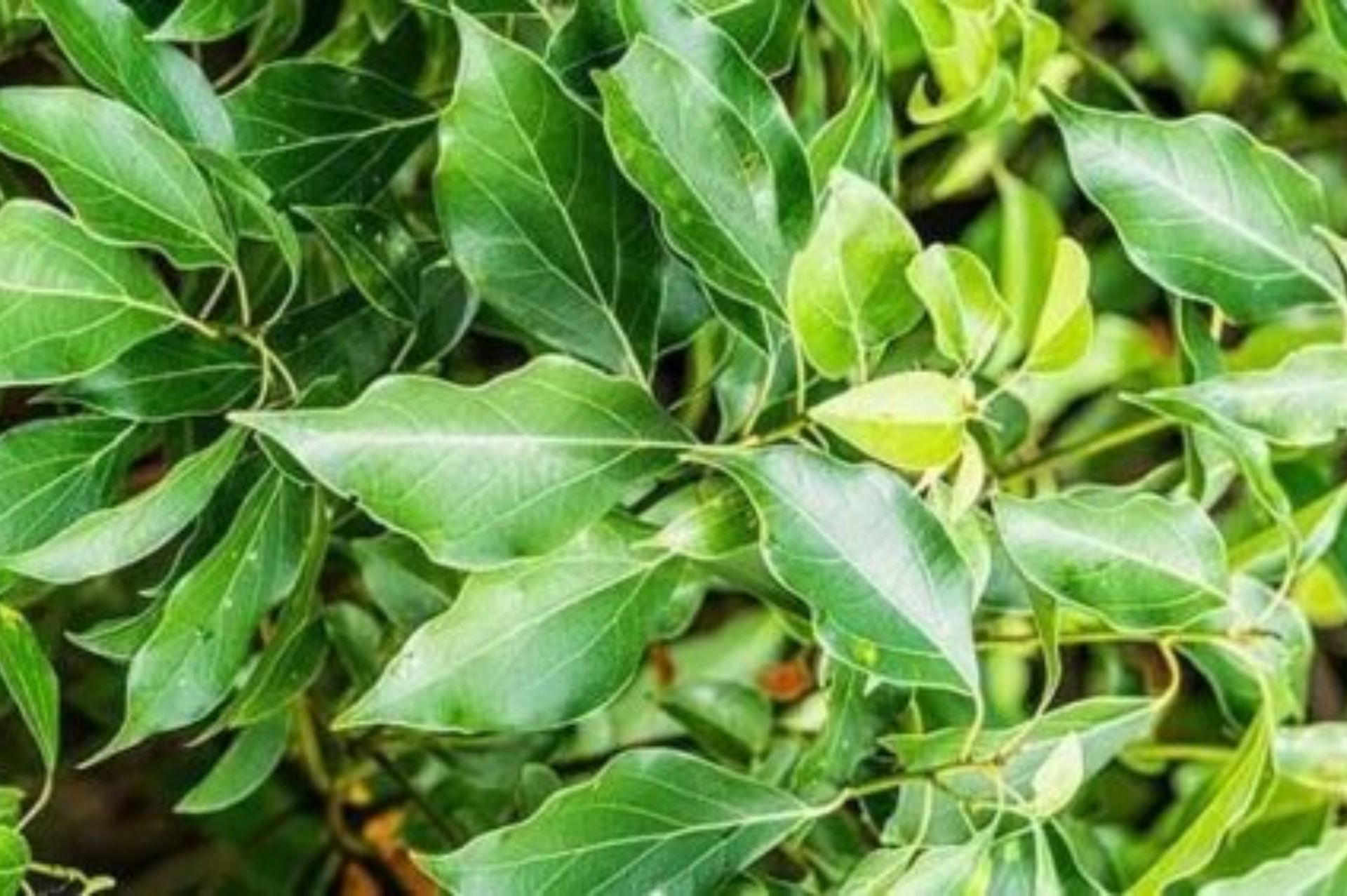
羅文莎葉 Ravintsara
拉丁學名|Cinnamomum camphora
主要產地|馬達加斯加
原料分類|葉片系列
原料規格|500g-25kg 詳情請洽業務
萃取部位|葉片
萃取方式|蒸餾
植物科別|樟科
植物氣味|具有溫和的樟腦氣味
▎精油簡介
優選產自馬達加斯加東部雨林,是地球生態系統中的一顆「璀璨明珠」,擁有獨特的地理位置,島上各地氣候差異較大,低緯度、全年高溫多雨的東部的熱帶雨林氣候為羅文莎葉提供了優質的生長環境。
由於多受日光直射的作用,羅文莎葉葉片也蘊含了滿滿的有效精粹。因為其對幫助人們身體健康有著不凡的表現,被譽為馬達加斯加的國樹,當地總統府內外也種植著多株樹齡200年以上的羅文莎葉樹。
羅文莎葉精油具備提升集中力的作用,開啟良好的溝通能力,幫助適應環境,消解工作帶來的疲憊。
▎成分解析
|主要成分:氧化物
主要成分為桉油醇(具有疏解黏液的作用),α-Terpineol萜品醇,另外還有微量成分,如:α-蒎烯、香檜烯、檸檬烯等。
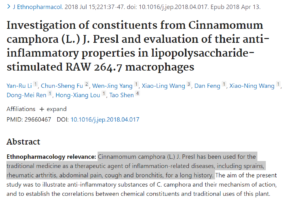
▸ 羅文莎葉具有苯丙烷,木脂素,類黃酮,香豆素和萜類化合物等成分,在體外試驗對於發炎有相關研究。
|成分1:1.8-桉油醇 (1,8 cineole)
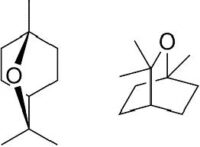
▸ 化學特性:高達62.6%的氧化物(1.8-桉油醇)成分,使得羅文莎葉精油對呼吸系統的調節變得更加強大,上揚清新的氣味能提振情緒,同時還能激發人體對環境抵抗的機制。
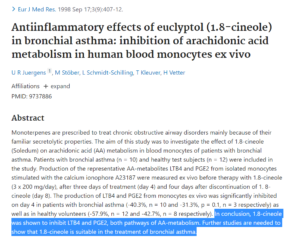
▸ 一項體外實驗顯示1.8-桉油醇可刺激單核白血球,進而調解細胞素LTA4和前列腺素PGE2生成,它們都是花生四烯酸AA代謝途徑。顯示1,8-cineole適合治療支氣管不適。
|成分2:萜品醇(α-Terpineol)
萜品醇(也稱松油醇),具紫丁香香氣,是常用的化合物,如α-T和T-4-on,對人類,動物以及植物都具有廣泛的不同生物學作用。
- 用途:它們不僅是用於香水,化妝品和家用清潔產品的流行香料成分,而且還用 於調味食品和飲料。它們還具有多種重要的生物學和藥物特性。此外萜品醇也用於肥皂、農藥、醫藥、塑料、電訊和儀 表工業中,亦用作玻璃器皿上色彩的溶劑。
|原料認證
欲取得相關認證資料請 點我加入官方LINE@
▎參考文獻
- Jihai Zhou , Kun Cheng , Guomin Huang. Effects of exogenous 3-indoleacetic acid and cadmium stress on the physiological and biochemical characteristics of Cinnamomum camphora. Ecotoxicol Environ Saf. 2020 Mar 15;191:109998.
- Zhang GF, Huang QL, Bi XQ, Liu YL, Yuan ZS. Analysis of endophytic bacterial community diversity and metabolic correlation in Cinnamomum camphora. Arch Microbiol. 2020 Jan;202(1):181-189.
- Chen J, Tang C, Zhang R, Ye S, Zhao Z, Huang Y, Xu X, Lan W, Yang D. Metabolomics analysis to evaluate the antibacterial activity of the essential oil from the leaves of Cinnamomum camphora (Linn.) Presl. J Ethnopharmacol. 2020 May 10;253:112652.
- Na-Jin Kang et al. Cinnamomum camphora Leaves Alleviate Allergic Skin Inflammatory Responses In Vitro and In Vivo. Toxicol Res. 2019 Jul;35(3):279-285.
- Wenting Wang , Dongxiang Li , Xiaoqin Huang. Study on Antibacterial and Quorum-Sensing Inhibition Activities of Cinnamomum camphora Leaf Essential Oil. Molecules. 2019 Oct 21;24(20):3792.
- Liu X, Meng Y, Zhang Z, Wang Y, Geng X, Li M, Li Z, Zhang D.Functional nano-catalyzed pyrolyzates from branch of Cinnamomum camphora. Saudi J Biol Sci. 2019 Sep;26(6):1227-1246.
- Pan L, Lie GW, Xue L, Chen HY. Changes of Cinnamomum camphora root characteristics and soil properties under ozone stress in South China. Environ Sci Pollut Res Int. 2019 Oct;26(30):30684-30692
- Effects of Cinnamomum camphora leaf litter cover on soil carbon and nitrogen cycles under different water conditions]. Ying Yong Sheng Tai Xue Bao. 2019 Jan 20;30(1):85-94.
- Ma X, Hu Z, Mao J, Xu Y, Zhu X, Xiong H. Synthesis of cocoa butter substitutes from Cinnamomum camphora seed oil and fully hydrogenated palm oil by enzymatic interesterification. J Food Sci Technol. 2019 Feb;56(2):835-845.
- Huang W, Xu M, Duan H, Bi Y, Yu H. Inhibition of Fusarium oxysporum by AgNPs biosynthesised using Cinnamomum camphora fruit extract. IET Nanobiotechnol. 2019 Feb;13(1):42-45.
- Chen C, Zheng Y, Zhong Y, Wu Y, Li Z, Xu LA, Xu M. Transcriptome analysis and identification of genes related to terpenoid biosynthesis in Cinnamomum camphora. BMC Genomics. 2018 Jul 24;19(1):550.
- Chen S, Zheng T, Ye C, Huannixi W, Yakefu Z, Meng Y, Peng X, Tian Z, Wang J, Ma Y, Yang Y, Ma Z, Zuo Z. Algicidal properties of extracts from Cinnamomum camphora fresh leaves and their main compounds. Ecotoxicol Environ Saf. 2018 Nov 15;163:594-603.
- Li YR, Fu CS, Yang WJ, Wang XL, Feng D, Wang XN, Ren DM, Lou HX, Shen T. Investigation of constituents from Cinnamomum camphora (L.) J. Presl and evaluation of their anti-inflammatory properties in lipopolysaccharide-stimulated RAW 264.7 macrophages. J Ethnopharmacol. 2018 Jul 15;221:37-47.
- Yang B, Liu S, Liu Y, Li X, Lin X, Liu M, Liu X. PAHs uptake and translocation in Cinnamomum camphora leaves from Shanghai, China. Sci Total Environ. 2017 Jan 1;574:358-368.
- Caihui Chen , Yongjie Zheng. The complete chloroplast genome of Cinnamomum camphora and its comparison with related Lauraceae species. PeerJ. 2017 Sep 18;5:e3820.
- Guo X, Cui M, Deng M, Liu X, Huang X, Zhang X, Luo L. Molecular differentiation of five Cinnamomum camphora chemotypes using desorption atmospheric pressure chemical ionization mass spectrometry of raw leaves. Sci Rep. 2017 Apr 20;7:46579.
- Fu J, Zeng C, Zeng Z, Wang B, Gong D. Cinnamomum camphora Seed Kernel Oil Ameliorates Oxidative Stress and Inflammation in Diet-Induced Obese Rats. J Food Sci. 2016 May;81(5):H1295-300.
- Fu J, Zeng C, Zeng Z, Wang B, Wen X, Yu P, Gong D. Cinnamomum camphora Seed Kernel Oil Improves Lipid Metabolism and Enhances beta3-Adrenergic Receptor Expression in Diet-Induced Obese Rats. Lipids. 2016 Jun;51(6):693-702.
- Ravensara aromatica ou Ravintsara : une confusion qui perdure parmi les distributeurs d’huiles essentielles en Europe et en Amérique du Nord. June 2012. Phytotherapie 10(3)
- Olivier Behra et al. Ravintsara vs ravensara a taxonomic clarification. International Journal of Aromatherapy. Volume 11, Issue 1, 2001, Pages 4-7.
|部分圖片來自網路,若有侵權請聯繫刪除|
